
What Is Pave in Jewelry? Everything You Should Know
If you’ve ever wondered what is pave in jewelry, it refers to a technical setting where jewelers carefully place small, closely matched gemstones—usually diamonds—using tiny prongs or beads. This technique creates a seamless, sparkling surface that maximizes brilliance while minimizing visible metal. Originating from French craftsmanship, pavé requires precise gemstone grading and expert placement. While it offers high impact and elegance, these pieces need attentive care to maintain their beauty. For those seeking durable options that can withstand daily wear, explore our Waterproof Jewelry collection—designed to keep your sparkle lasting longer. Interested in learning about types, pros, cons, and buying tips? Keep reading.
Defining Pave: The Basics of This Sparkling Setting
A pavé setting, derived from the French word for "paved," refers to a jewelry technique where small gemstones—typically diamonds—are set closely together, creating a continuous, glittering surface.
When you examine pavé, you'll notice that precise diamond cutting is vital; each stone must have uniform dimensions to guarantee a seamless fit and ideal light reflection. Jewelers use tiny prongs or beads to secure these stones, minimizing metal visibility and maximizing brilliance.
Accurate gemstone grading is equally significant, as matching color, clarity, and carat weight across numerous stones ensures a harmonious appearance.
You'll find that pavé settings demand meticulous craftsmanship; even slight variations can disrupt the visual flow. This technique offers a sophisticated way to amplify sparkle while maintaining structural integrity in jewelry design.
A Brief History of Pave in Jewelry Design
While pavé settings might seem like a modern innovation, their origins trace back to the 18th-century ateliers of Paris, where master jewelers began experimenting with ways to maximize diamond brilliance and minimize visible metal.
You can see how early pavé techniques—derived from the French word “pavé,” meaning “paved”—utilized closely set, small diamonds to create the illusion of a continuous surface of light.
This method amplified diamond symbolism, as these glittering surfaces represented enduring love and status among European elites.
Over time, pavé evolved in response to shifting tastes and advancements in stone-cutting technology.
Its cultural significance grew, with pavé-adorned pieces marking milestones or representing social prestige.
How Pave Settings Are Crafted
Because pavé settings demand both precision and artistry, jewelers meticulously drill tiny seats into the metal’s surface, each calibrated to fit the exact dimensions of the chosen melee diamonds.
You’ll notice that the process begins with diamond cutting, where each small diamond is faceted with precision to maximize brilliance. After selecting uniform stones, the jeweler marks and drills each setting with specialized tools, ensuring the alignment is mathematically precise.
Using a technique called bead setting, they raise minuscule prongs from the metal setting itself, gently securing each diamond in place. This method not only protects the diamonds but also creates a continuous, shimmering effect.
You can appreciate how the synergy between expert diamond cutting and precise metal setting defines the craftsmanship behind pavé jewelry.
Types of Pave Settings You’ll Find
Once you understand the meticulous artistry behind crafting pavé settings, it becomes clear that not all pavé styles are created equal. You’ll encounter several types, each defined by unique setting techniques and the arrangement of diamond accents.
Classic pavé uses tiny prongs or beads to secure closely set stones, creating a seamless surface. Micro-pavé takes this further, utilizing extremely small diamond accents and precision placement for incredible brilliance.
French pavé involves V-shaped grooves in the metal, allowing more light reflection and minimal metal visibility.
Bright-cut pavé, on the other hand, features a raised metal edge that frames the diamonds.
Understanding these setting techniques lets you analyze how each type enhances the sparkle and visual impact of pavé jewelry, ensuring you choose the right style.
Benefits and Drawbacks of Choosing Pave
Although pavé settings deliver exceptional brilliance through the dense placement of small diamonds, they also introduce specific considerations regarding durability and maintenance. You’ll appreciate that pavé’s design versatility allows jewelers to craft intricate patterns, curved bands, and halos that maximize visual impact without relying on large center stones.
This setting style enables you to achieve a high-carat look at a fraction of the price, making cost considerations favorable compared to traditional solitaires. However, pavé settings have inherent drawbacks. The numerous prongs or beads securing the stones can be vulnerable to impact, increasing the risk of stone loss.
Additionally, resizing pavé-adorned rings is complex due to the tightly packed stones. Evaluate your lifestyle and preferences carefully before selecting this setting for your jewelry.
Care and Maintenance Tips for Pave Jewelry
While pavé jewelry captivates with its intricate sparkle, proper care is essential to preserve both its beauty and structural integrity.
For ideal cleaning, immerse your piece in a solution of lukewarm water and mild detergent, then gently scrub with a soft-bristled brush. Avoid ultrasonic cleaners, as intense vibrations may dislodge small stones from their prongs.
After cleaning, pat the jewelry dry with a lint-free cloth to prevent residue accumulation.
When considering storage solutions, place pavé pieces in individual soft-lined pouches or compartments to minimize abrasion and prevent stones from loosening due to contact with harder surfaces.
Regularly inspect prongs and settings for any displacement or damage.
What to Consider When Shopping for Pave Pieces
Before selecting a pavé jewelry piece, scrutinize the precision of stone setting and the uniformity of the metalwork, as even minor misalignments can compromise both aesthetics and durability.
Carefully inspect the prongs or beads securing each stone; they should be evenly spaced and robust enough to prevent diamond loss.
Assess diamond quality by examining clarity, color, and cut, ensuring consistency across all stones for superior brilliance.
Verify that the metal—whether platinum, gold, or another alloy—exhibits a flawless finish and structural integrity.
Factor in budget considerations by balancing the carat weight, number of stones, and overall craftsmanship with your financial constraints.
Prioritize reputable jewelers who provide certification and transparent grading reports, ensuring your investment aligns with both quality and value expectations.
Frequently Asked Questions
Can Pave Settings Be Repaired if a Stone Falls Out?
If a stone falls out, you can restore diamond security through precise setting restoration. A jeweler will replace the missing stone, re-tighten surrounding prongs, and inspect for structural weaknesses, ensuring the pave setting maintains its original integrity and brilliance.
Are Pave Settings Suitable for Everyday Wear?
When evaluating pave settings for everyday wear, you should weigh durability considerations, as small prongs can loosen over time. However, you'll appreciate their style versatility, seamlessly complementing various designs while requiring mindful, regular maintenance to preserve structural integrity.
Is Pave Jewelry More Expensive Than Other Styles?
When you conduct a cost comparison, you’ll notice pavé jewelry often commands higher prices due to intricate stone setting labor. However, you gain enhanced design versatility, letting you achieve maximal brilliance without using large, individually expensive gemstones.
Which Gemstones Are Commonly Used in Pave Settings?
You'll frequently see diamond accents in pavé settings, thanks to their brilliance and durability. However, artisans also use other gemstone varieties like sapphires, rubies, and emeralds, evaluating each stone's hardness and refractive index for ideal performance.
How Do You Pronounce "Pave" Correctly?
To master the pronunciation tips, say "pah-vey," stressing the second syllable. You’ll notice its linguistic origins are French, from the verb “paver,” meaning “to pave,” which technically references the jewelry’s stone-setting technique.
Conclusion
When you’re choosing pave jewelry, you’re opting for a setting that maximizes brilliance through the strategic placement of small stones. Understanding the technical nuances—from bead setting to micro-pave—ensures you evaluate craftsmanship and durability. You’ll need to contemplate factors like stone security, maintenance requirements, and overall design integrity. By applying analytical reasoning to your selection process, you can confidently invest in pave pieces that balance exceptional sparkle with structural reliability and long-term value.


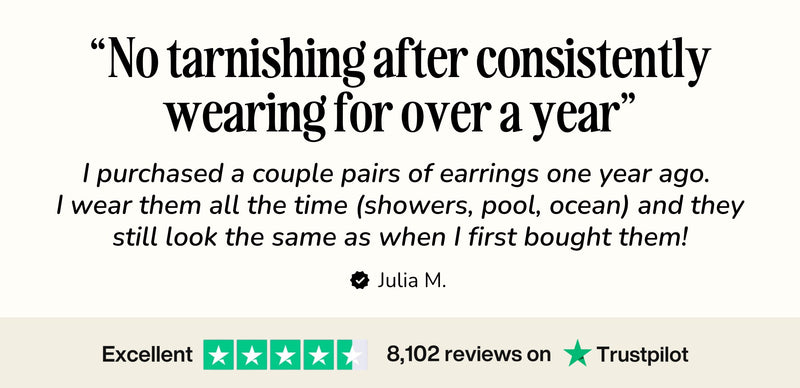




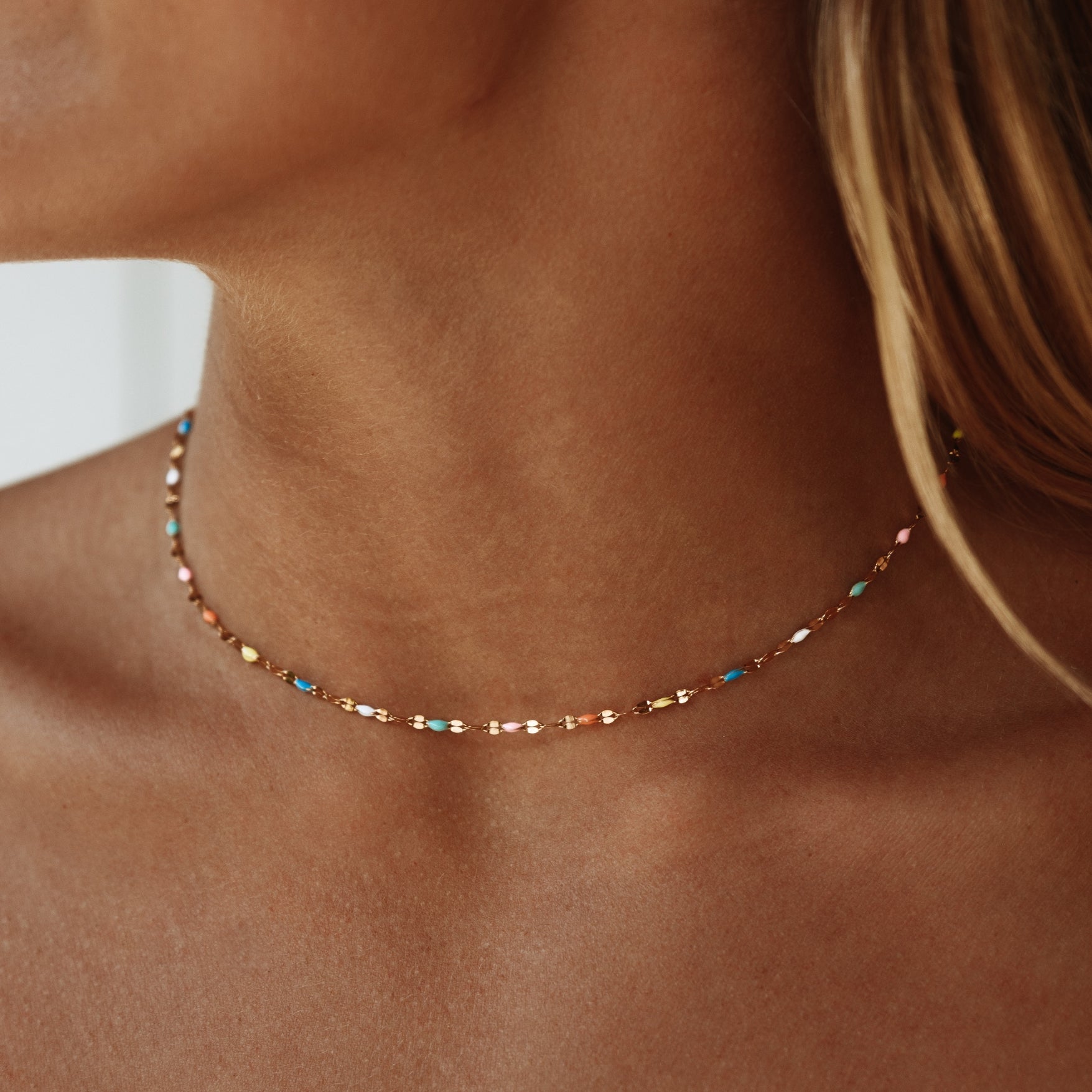
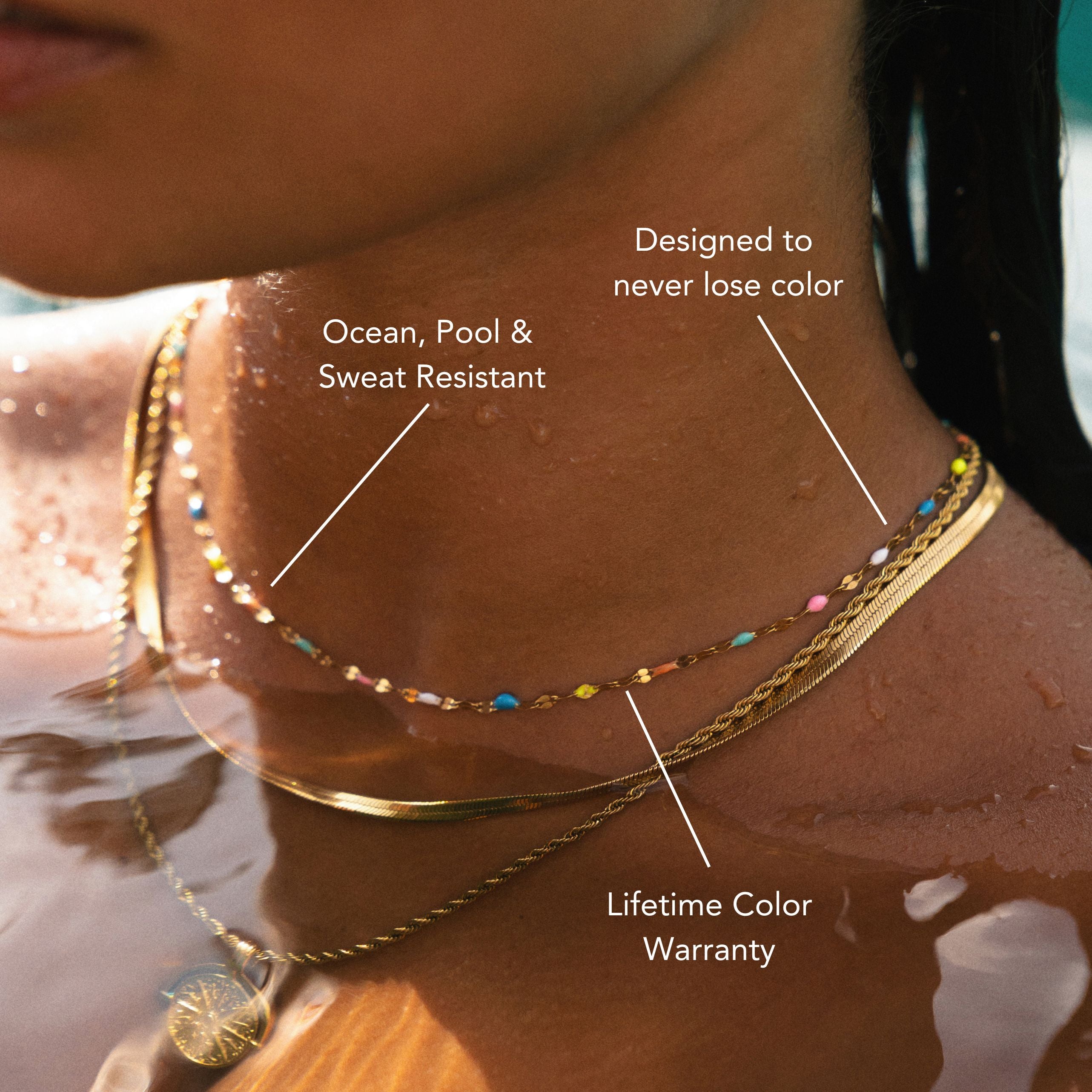
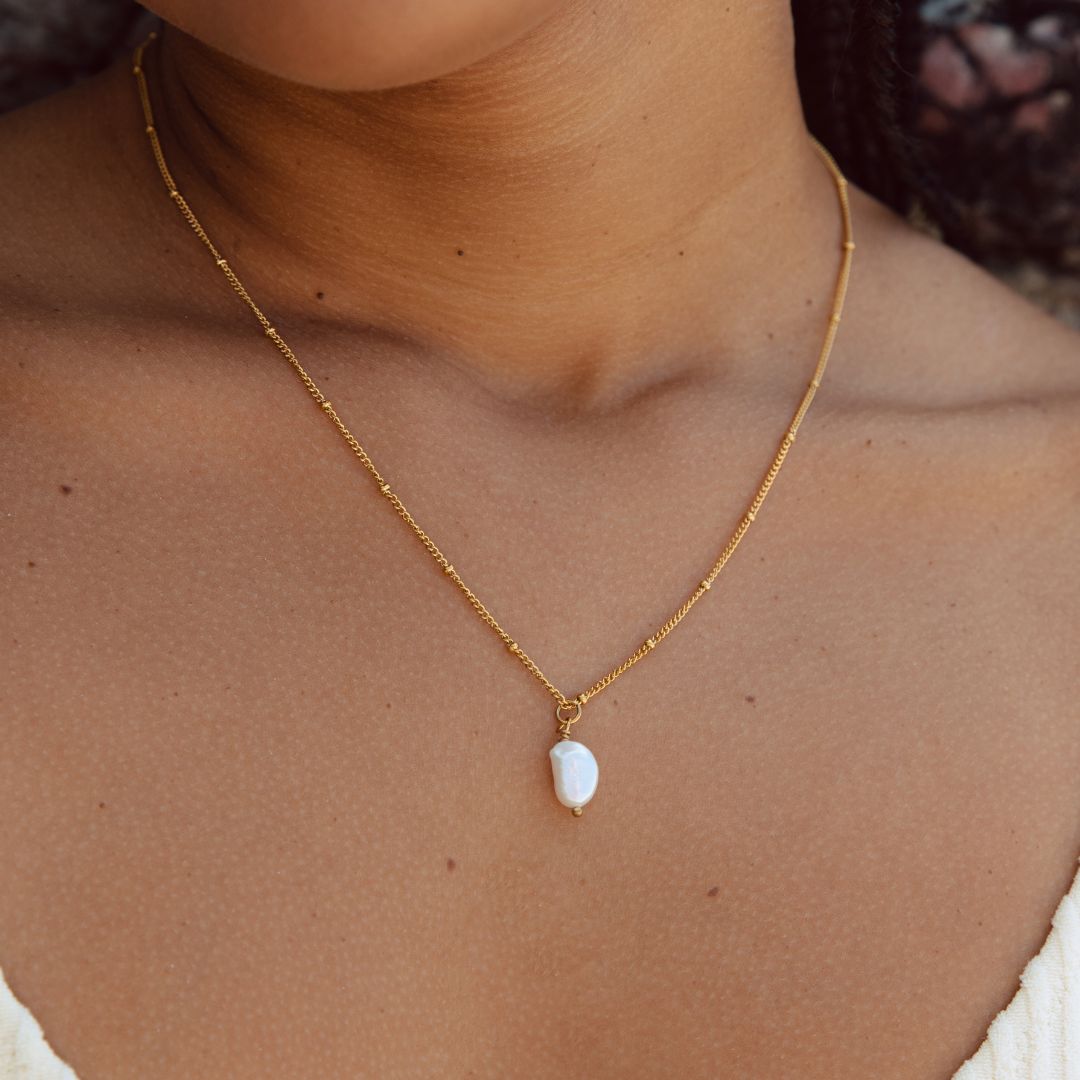
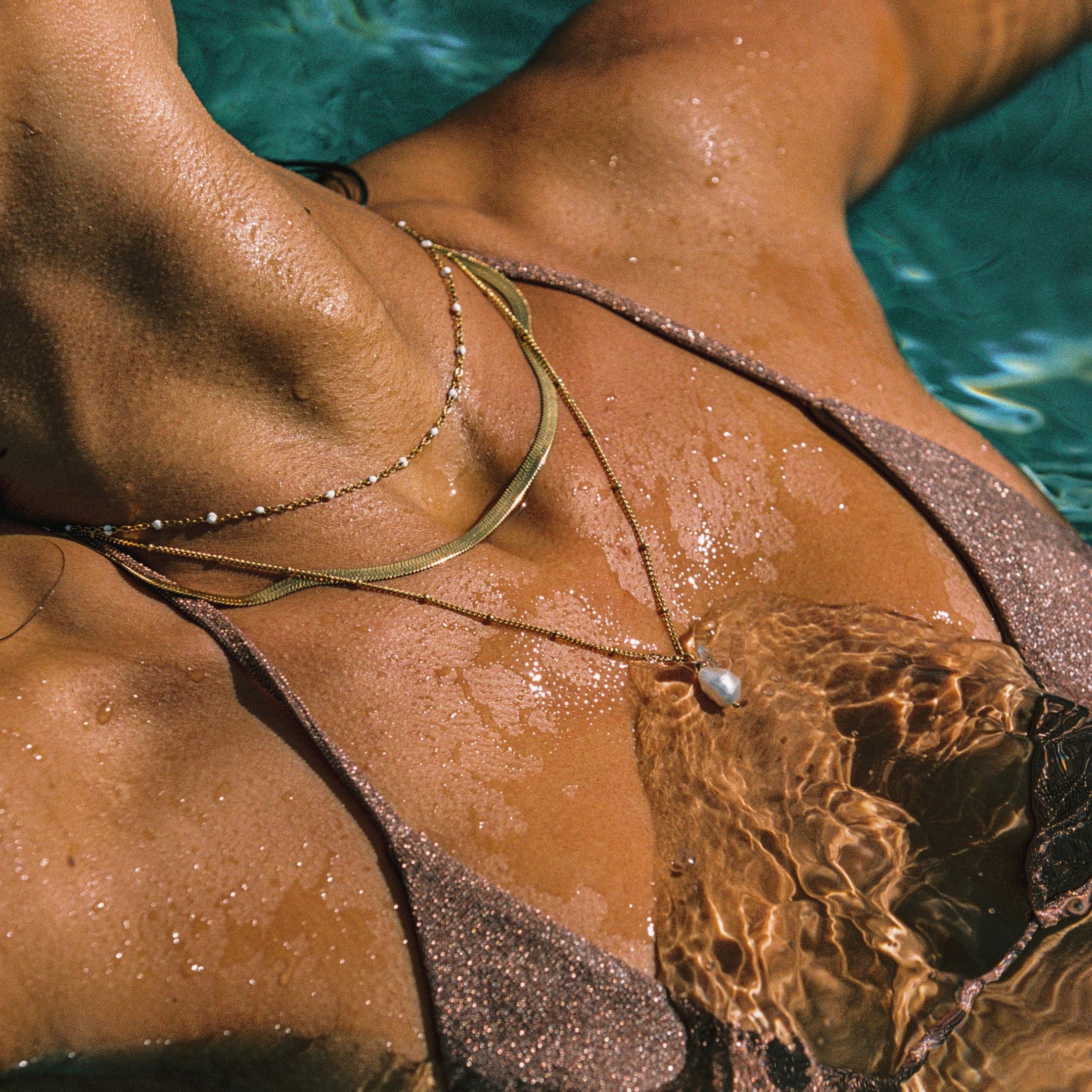
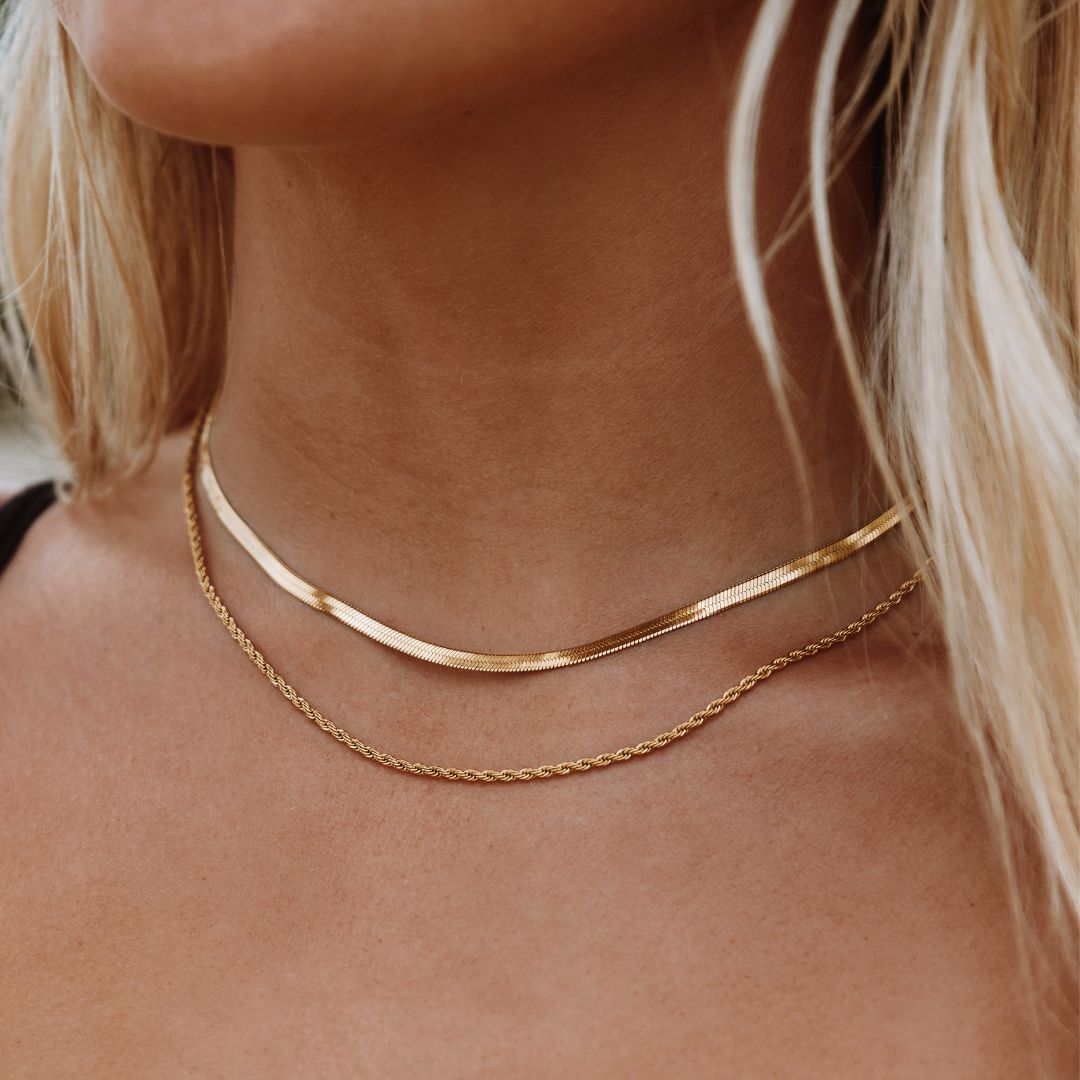
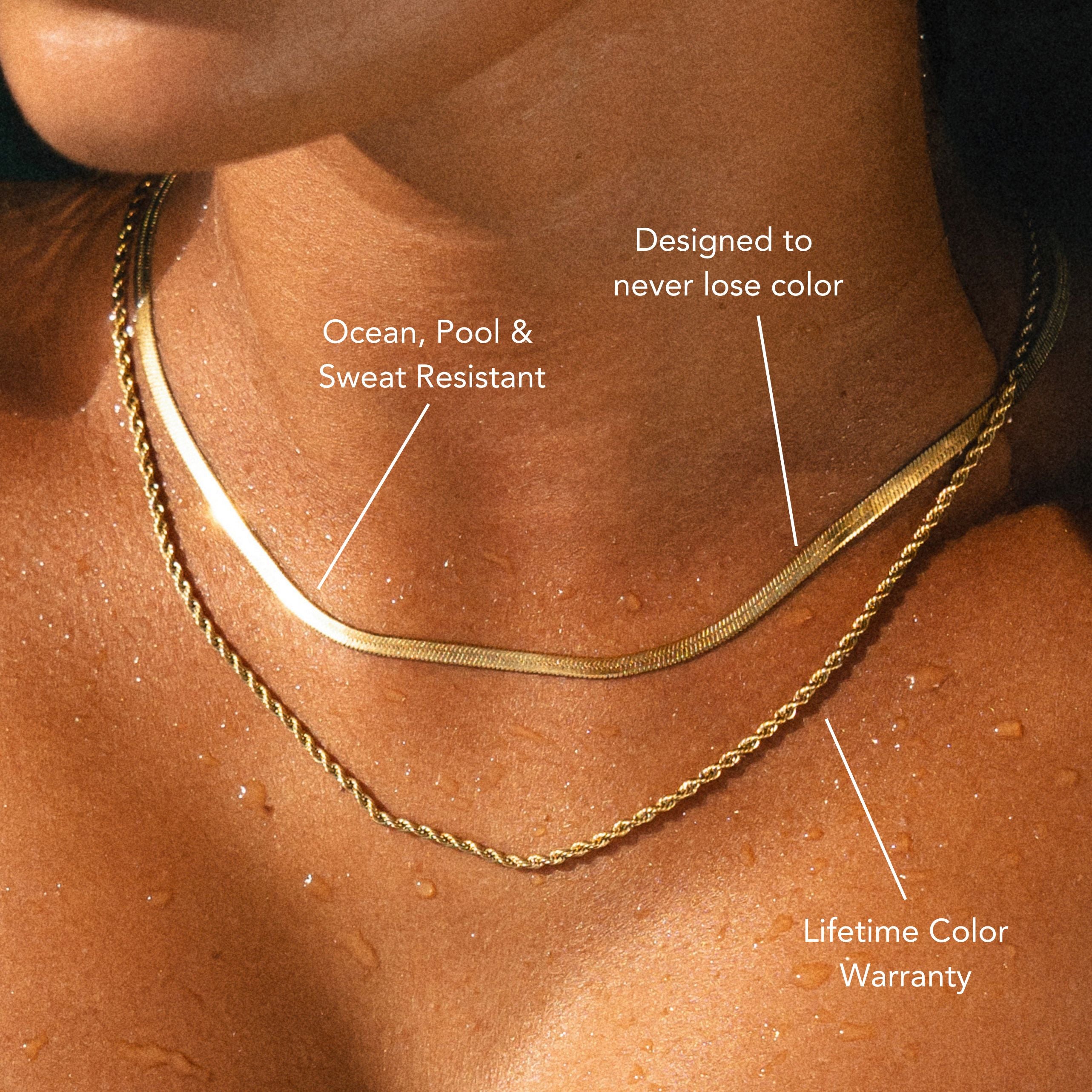
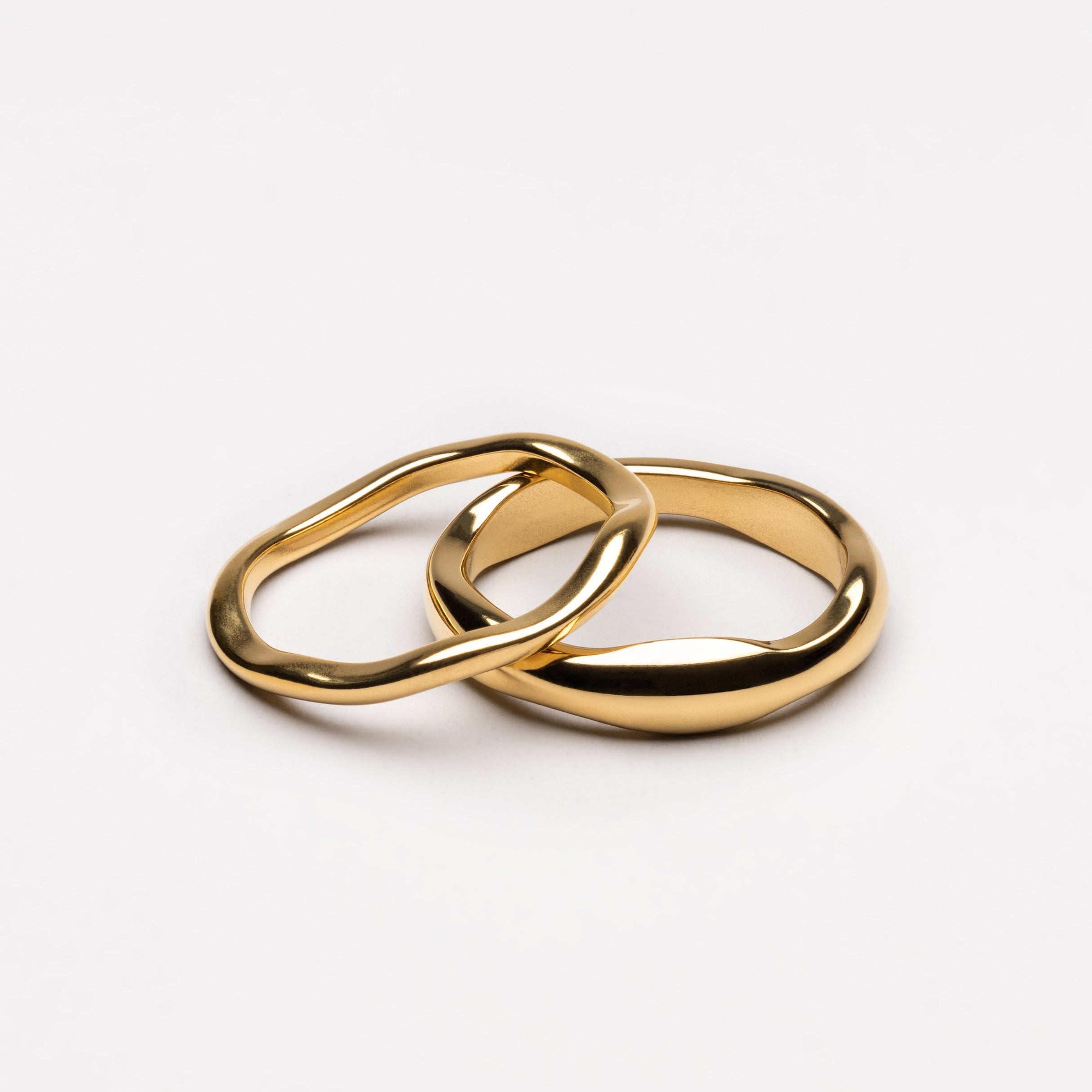
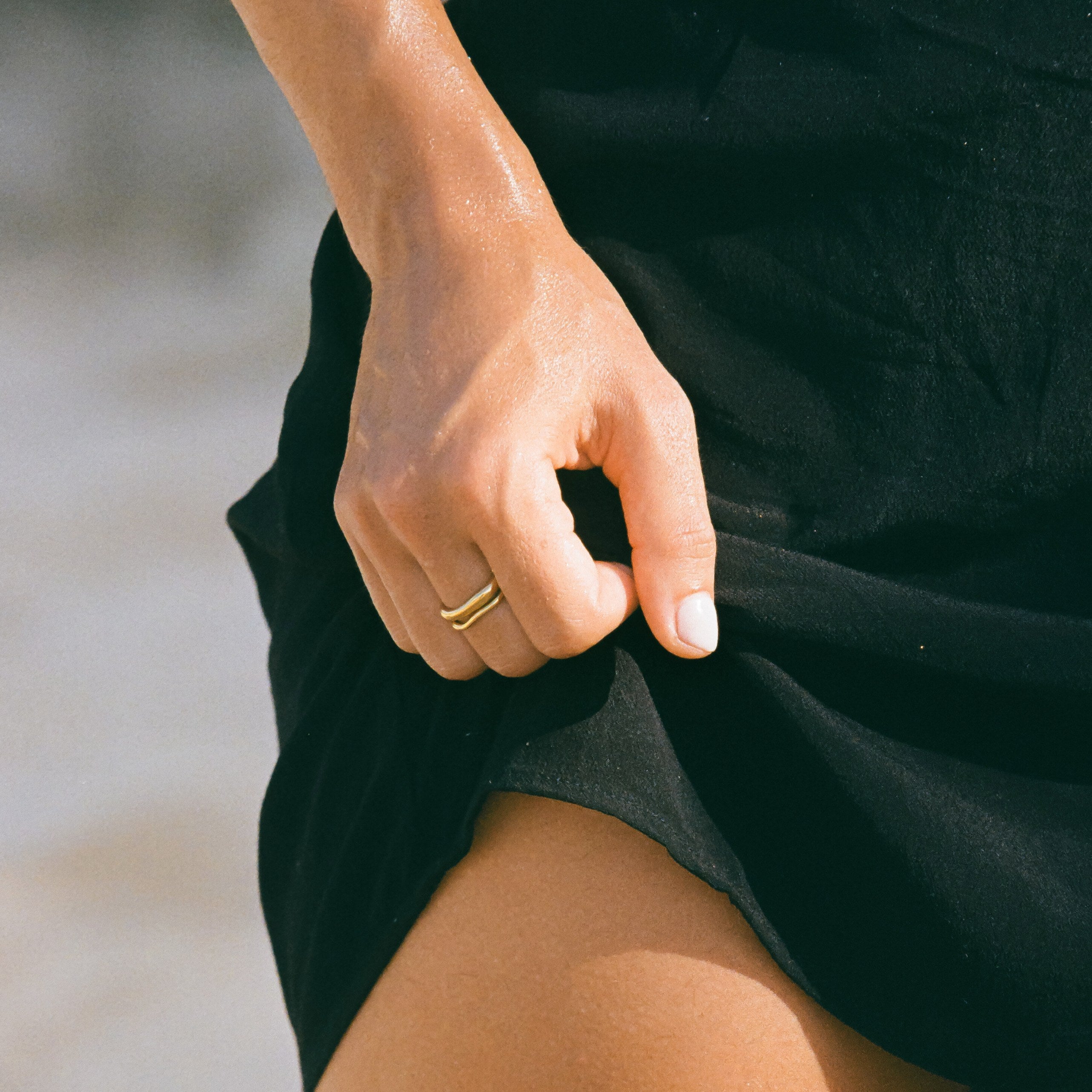
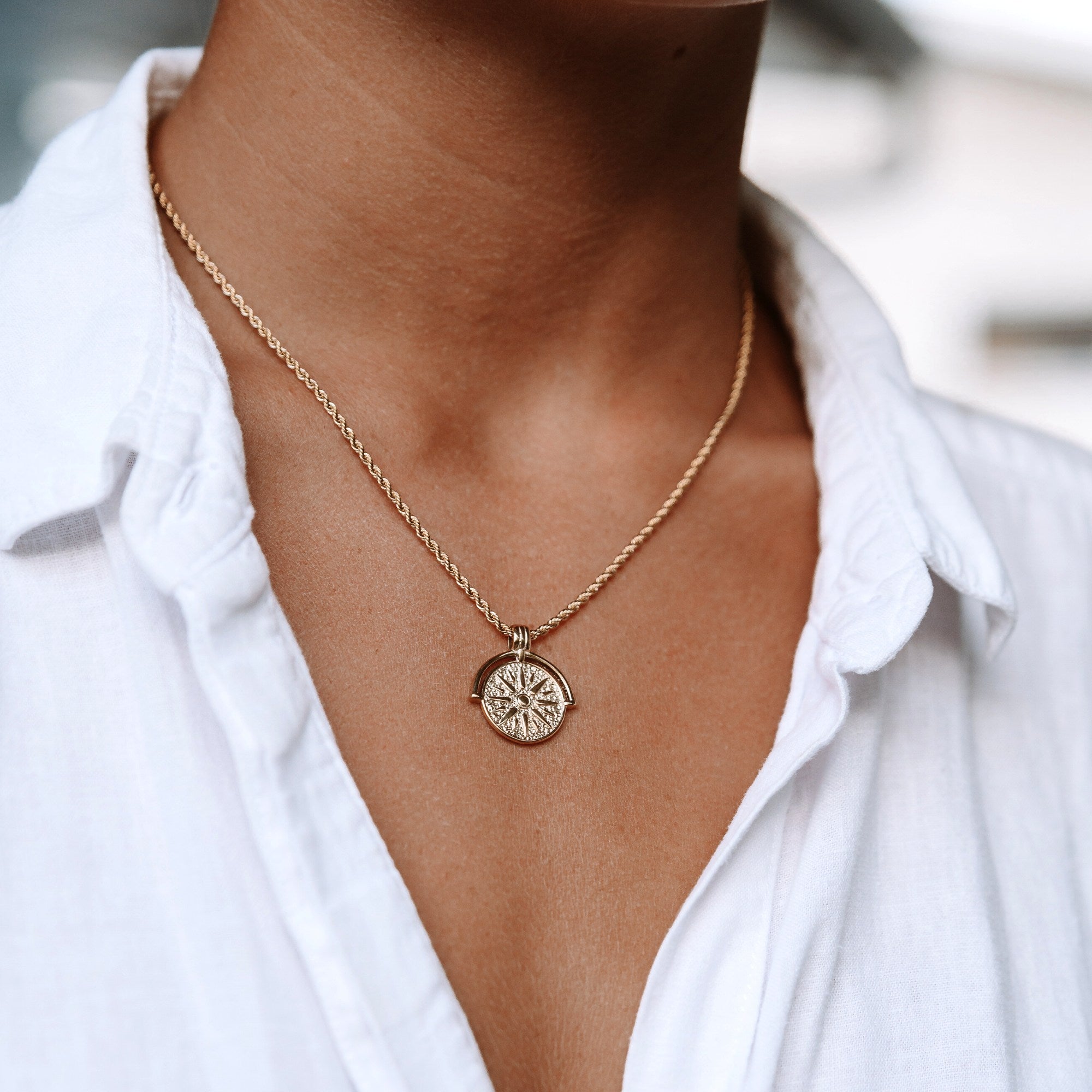
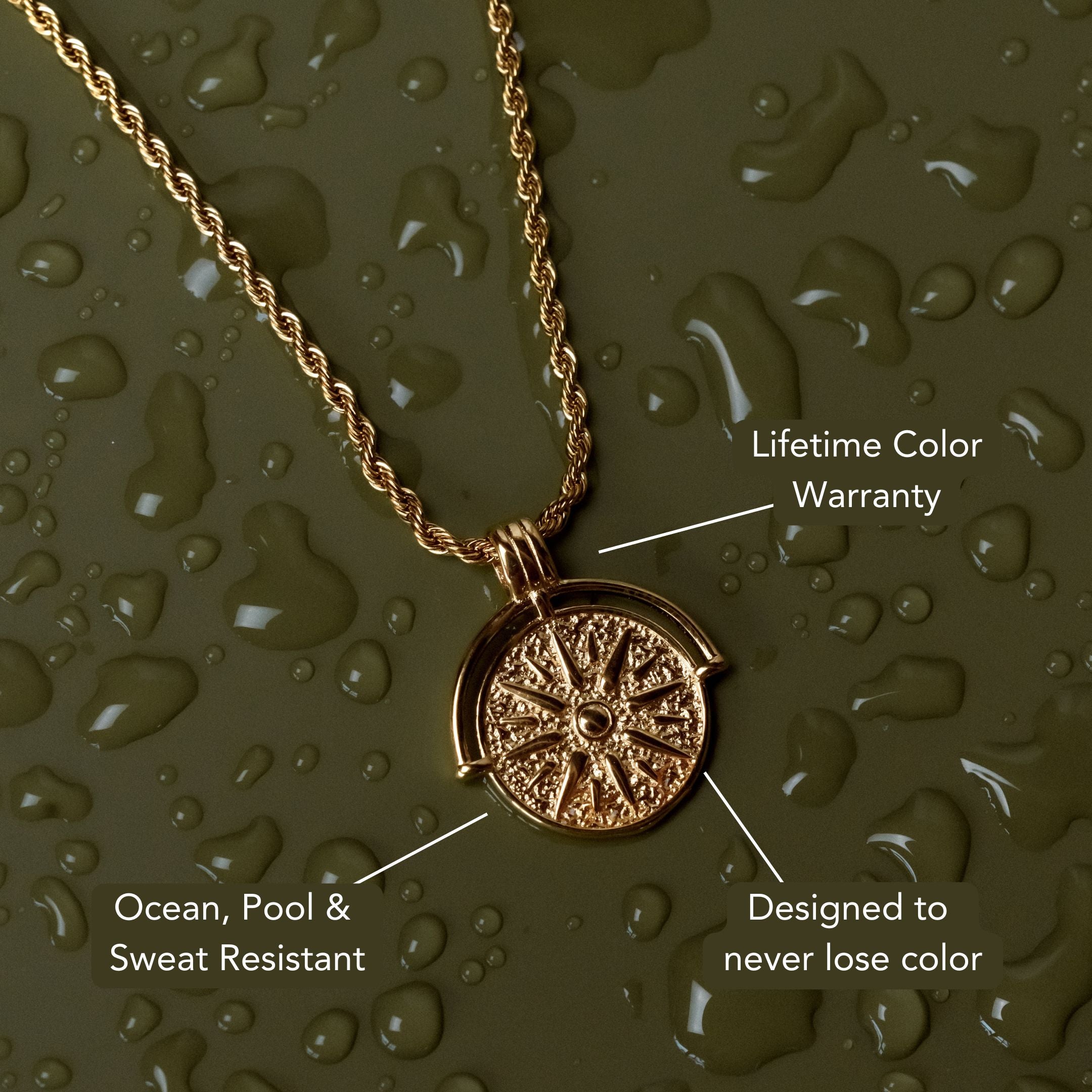

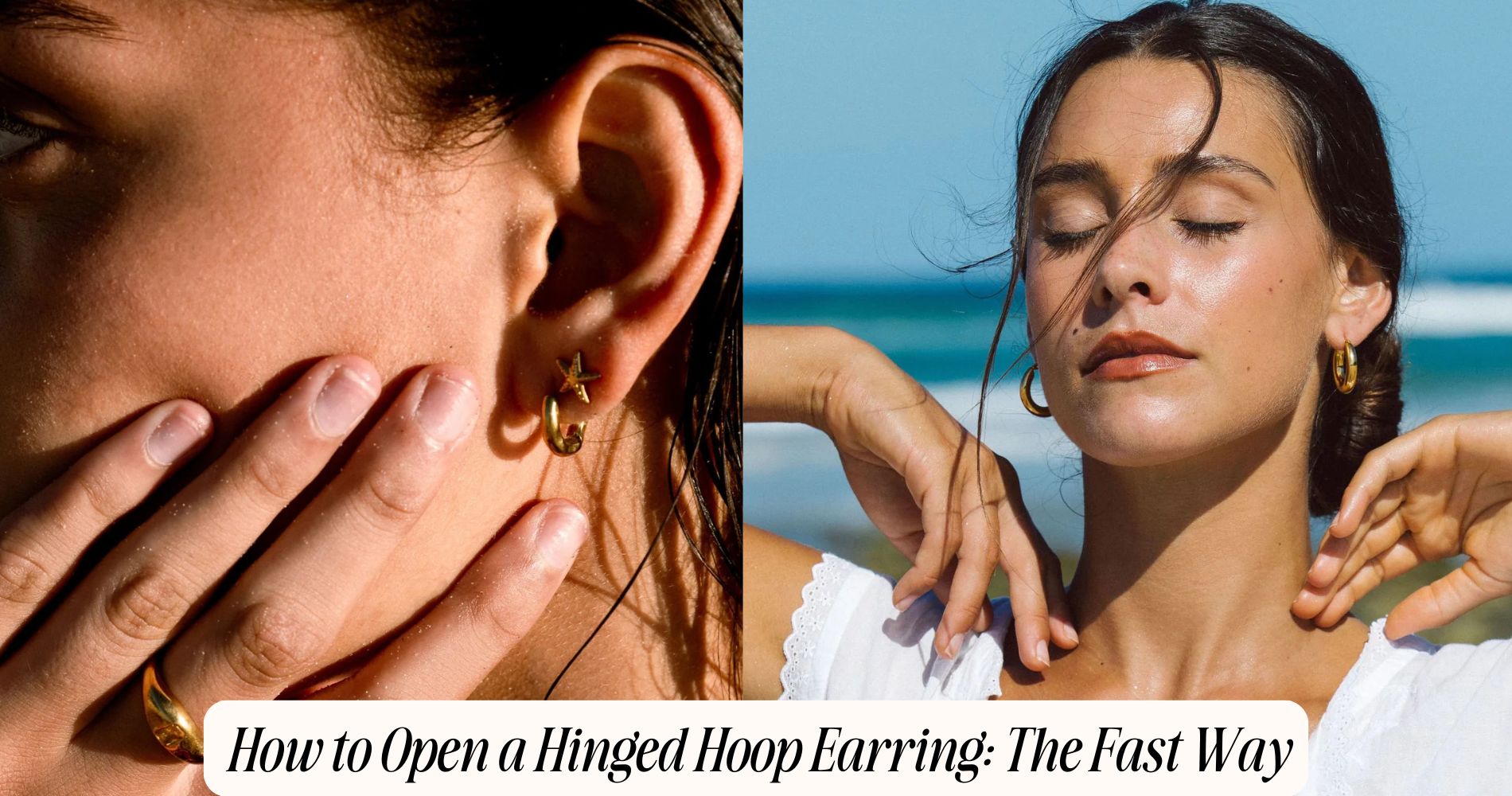




Leave a comment
This site is protected by hCaptcha and the hCaptcha Privacy Policy and Terms of Service apply.